In the vast expanse of our planet, countless species roam the wild, each with its unique characteristics and behaviors. While many animals are harmless or even friendly to humans, some can pose significant threats when encountered in their natural habitats or under certain circumstances. Understanding these potential dangers is crucial for anyone venturing into the wild or living in areas where these animals are prevalent. This article will shed light on some of the animals you are most likely to get into a deadly encounter with, debunking myths and offering insights into their true natures.
Contents
- 1 The Misunderstood Shark
- 2 The Silent Killer: Jellyfish
- 3 The King of the Jungle: Lions
- 4 The Stealthy Crocodile
- 5 The Slithering Danger: Snakes
- 6 The Unpredictable Hippopotamus
- 7 The Deceptive Cape Buffalo
- 8 The Tiny but Deadly Mosquito
- 9 The Fierce Grizzly Bear
- 10 The Overlooked Danger: Domesticated Dogs
The Misunderstood Shark
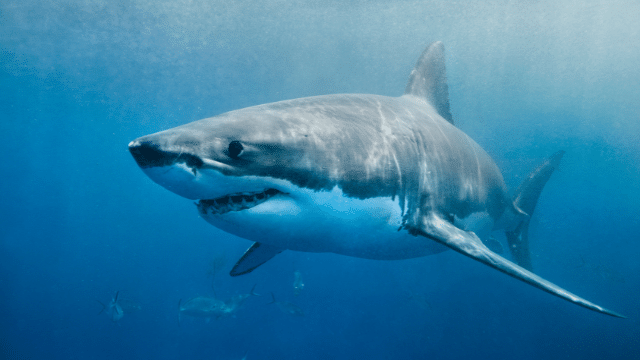
Sharks, often portrayed as the villains of the sea in popular culture, are far less dangerous than they’re made out to be. Movies and sensationalized media reports have painted a picture of sharks as mindless man-eaters, but this couldn’t be further from the truth. The majority of shark species are harmless to humans, and even those that have been involved in attacks often mistake humans for their usual prey.
Statistics reveal that shark attacks are exceedingly rare. When compared to other causes of death, like drowning or even lightning strikes, shark attacks account for a minuscule number. It’s essential to approach these magnificent creatures with respect and caution, but it’s equally important to dispel the myths and fears surrounding them.
The Silent Killer: Jellyfish

Jellyfish, with their translucent bodies and graceful movements, might appear harmless at first glance. However, some species pack a venomous sting that can be fatal to humans. These gelatinous creatures drift through the oceans, and while many are harmless, others, like the Box Jellyfish or the Portuguese Man o’ War, can deliver a sting that causes excruciating pain and, in some cases, death.
Regions like Australia and Southeast Asia are home to some of the world’s most venomous jellyfish. Swimmers and divers in these areas are advised to wear protective clothing and be aware of the seasons when these jellyfish are most prevalent. Immediate treatment, including dousing the affected area with vinegar and seeking medical attention, can mitigate the effects of a jellyfish sting.
The King of the Jungle: Lions
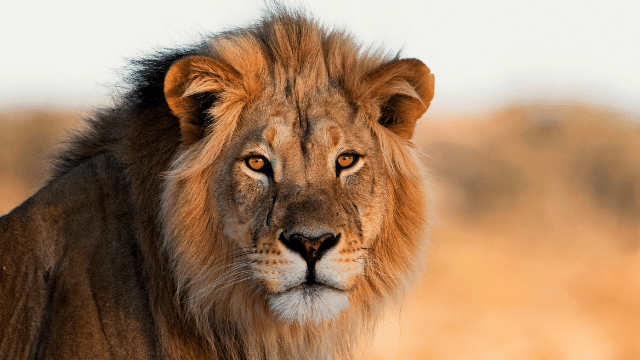
Lions, often revered as the kings of the jungle, are majestic creatures that command respect. Found primarily in the grasslands of Africa, these big cats are apex predators, with humans rarely being their target. However, there have been instances where lions have attacked humans, often due to factors like habitat encroachment, surprise encounters, or wounded animals.
While lions are social animals and live in prides, lone lions can be particularly dangerous. These are often young males that have been ousted from their pride or older males past their prime. When venturing into lion territory, it’s crucial to remain vigilant, travel in groups, and avoid venturing out at dawn or dusk when lions are most active. Understanding their behavior and giving them the space and respect they deserve can prevent most potential confrontations.
The Stealthy Crocodile
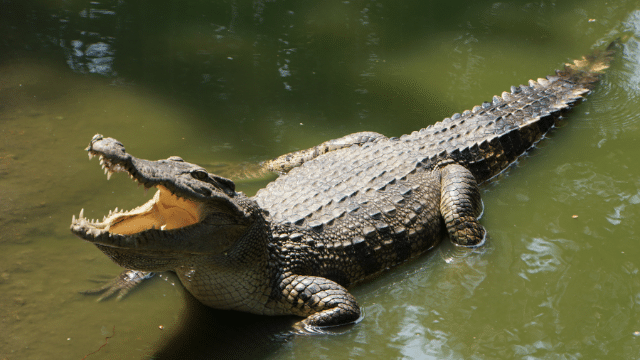
Crocodiles, with their armored skin and powerful jaws, are among our planet’s most ancient and efficient predators. They inhabit freshwater habitats like rivers, lakes, and wetlands across various parts of the world. While they primarily feed on fish and other aquatic animals, larger species, such as the Saltwater Crocodile and the Nile Crocodile, have been known to attack larger prey, including humans.
Regions like Northern Australia, parts of Africa, and Southeast Asia have recorded the highest number of crocodile attacks on humans. These attacks often occur when people venture too close to the water’s edge or unknowingly enter crocodile territory. It’s crucial to be aware of the presence of these reptiles and to heed local warnings. Swimming in areas known for crocodile presence is highly discouraged, and if camping near a water source, it’s advisable to set up at a safe distance.
The Slithering Danger: Snakes
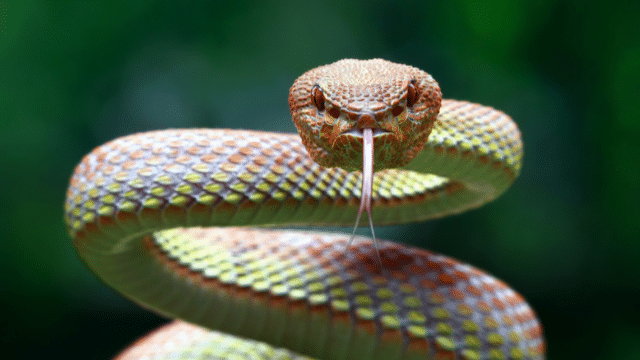
Snakes are often feared due to their stealthy nature and the potential venom some species carry. While many snakes are harmless and beneficial for controlling pest populations, a few species have venom potent enough to kill humans. The Black Mamba, King Cobra, and various species of vipers and pit vipers are among the most venomous snakes in the world.
Snake bites often occur when the snake feels threatened or cornered. Wearing appropriate footwear and being cautious when stepping over rocks or logs can prevent many potential bites. If bitten, it’s vital to remain calm, avoid moving the affected limb excessively, and seek medical attention immediately. Trying to suck out the venom or making incisions around the bite can exacerbate the situation and is not recommended.
The Unpredictable Hippopotamus
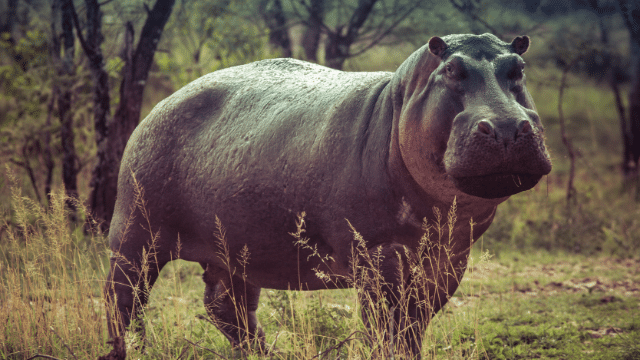
Despite their seemingly docile appearance, hippos are considered one of the most dangerous animals in Africa. These massive herbivores spend most of their day submerged in water, emerging at night to graze. While they primarily feed on grass, hippos are known for their unpredictable nature and can become extremely aggressive, especially if they feel threatened or if their young are in danger.
Contrary to popular belief, many more humans are killed by hippos each year than by lions or other large predators in Africa. Most attacks occur when humans inadvertently come between a hippo and the water, trapping the animal on land. Boats and small watercraft can also be targets if they venture too close to a submerged hippo. It’s essential to maintain a safe distance and always be aware of their presence when near water bodies in hippo territory.
The Deceptive Cape Buffalo
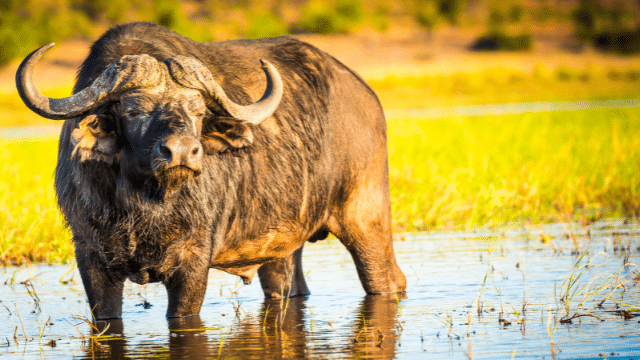
The Cape Buffalo, often referred to as “Africa’s Black Death,” is a force to be reckoned with. These large herbivores, found throughout sub-Saharan Africa, are known for their unpredictable behavior and have been responsible for more hunter deaths on the continent than any other animal. They live in herds and are fiercely protective of their members, especially the young.
While they might appear calm and docile while grazing, Cape Buffaloes can charge without warning if they feel threatened. Their sharp horns and massive weight make them formidable opponents. Encounters with these animals usually occur when people inadvertently approach or startle them. When in areas inhabited by Cape Buffaloes, it’s crucial to be aware of your surroundings, avoid separating members of a herd, and always give these powerful animals the respect and space they deserve.
The Tiny but Deadly Mosquito

Often overlooked due to its minuscule size, the mosquito is arguably the deadliest animal on the planet. These tiny insects are responsible for transmitting various diseases, including malaria, dengue fever, Zika virus, and West Nile virus. Every year, hundreds of thousands of deaths are attributed to mosquito-borne diseases, with millions more falling ill.
Prevention is the best defense against these diseases. Using insect repellents, sleeping under mosquito nets, and wearing long-sleeved clothing can reduce the risk of mosquito bites. Additionally, efforts to control and reduce mosquito populations, such as eliminating stagnant water where they breed, can play a significant role in curbing the spread of these diseases.
The Fierce Grizzly Bear
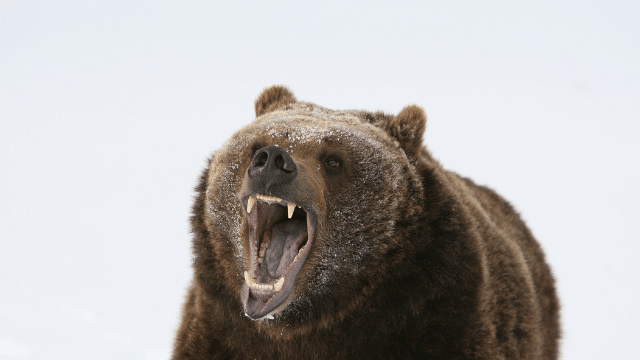
Grizzly bears, iconic symbols of North American wilderness, are majestic creatures that command awe and respect. These omnivores have a varied diet, but they can become aggressive when threatened or during encounters with humans. While bear attacks are rare, they can be fatal, especially if a mother bear perceives a threat to her cubs.
Awareness and preparedness are key when venturing into bear country. Making noise to alert bears of human presence, carrying bear spray, and understanding bear behavior can prevent many potential confrontations. If a bear is encountered, it’s crucial to know how to react – standing tall, speaking in a firm voice, and avoiding direct eye contact can deter a bear, while running can trigger a chase.
The Overlooked Danger: Domesticated Dogs
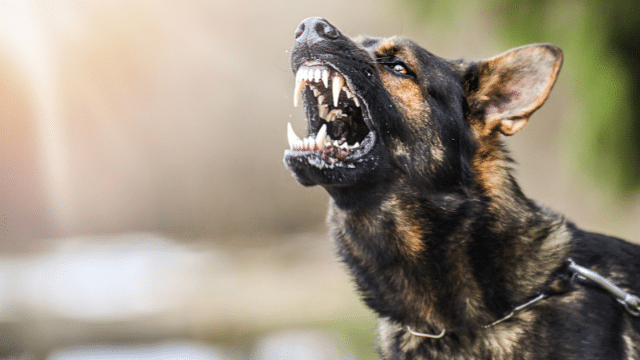
Man’s best friend is not always friendly. While the vast majority of dogs are loving and loyal companions, some, due to factors like poor training, abuse, or specific situations, can become aggressive. Every year, there are numerous reports of dog attacks, with children often being the most vulnerable victims.
Understanding dog behavior and ensuring proper training and socialization from a young age can prevent most aggressive incidents. It’s also essential for parents to teach children how to approach and interact with dogs safely. Avoiding sudden movements, not approaching an unfamiliar dog without the owner’s permission, and understanding canine body language can go a long way in preventing potential attacks.
Navigating the Delicate Balance with the Animal Kingdom
From the vast oceans to our backyards, the world is filled with creatures that, while often misunderstood, demand our respect and understanding. Recognizing the potential dangers and being equipped with knowledge can ensure safer encounters with these animals. As we venture into their habitats or welcome them into our homes, it’s our responsibility to coexist peacefully, cherishing the diversity and wonder of the animal kingdom.


